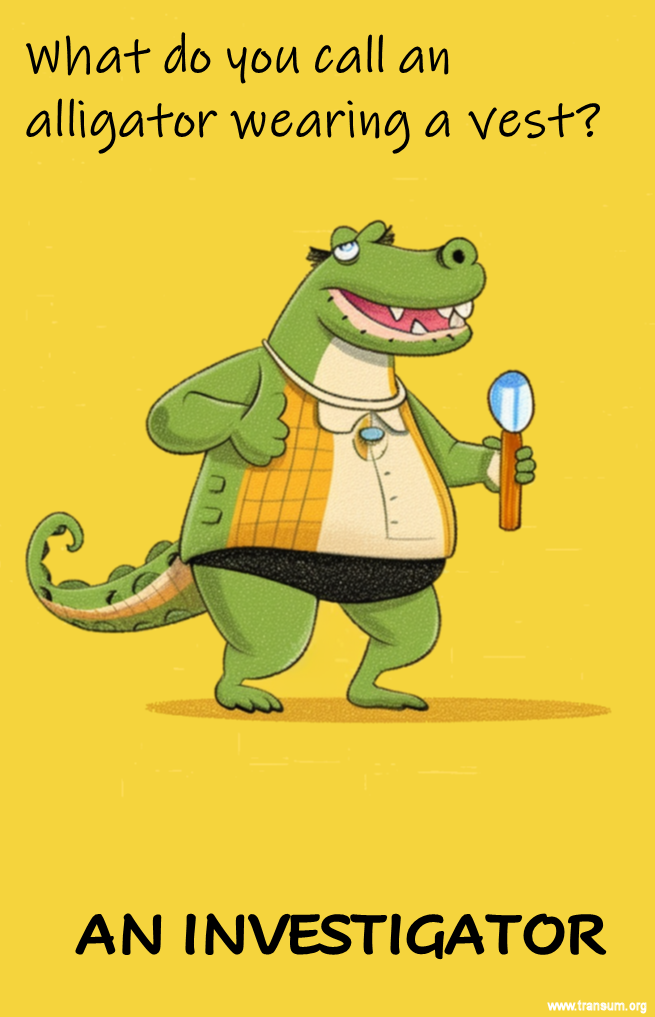

Most investigations are explorations into unknown situations rather than normal mathematics problems which have a definite answer. You are allowed to choose the way you work and how you record your findings. It is one of the few occasions when 'going off on a tangent' is not only acceptable but actively encouraged (within reason). Investigations can always be extended by asking the question 'what if?'
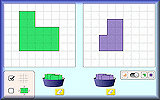
An interactive workspace in which to make shapes using square tiles with given areas and perimeters.
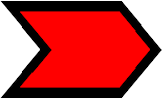
Investigate polygons with an area of 4 square units. This is your starting point, you can decide how to proceed.
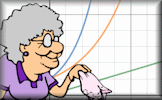
Decide which of the four schemes Aunt Lucy proposes will provide the most money. This investigation involves the sum of sequences as well as considering life expectancy.

Investigate the ways of making up various postage amounts using 3p and 8p stamps. An online stamp calculator is provided for you to check your working.
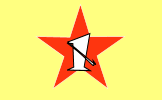
Is it true that most numbers begin with the digit one? Think of numbers you see everyday and it is a surprising fact that so many of them begin with a one. Can you think why this is true?
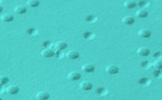
Investigate the possibility of redesigning the Braille alphabet to make it easier to learn.
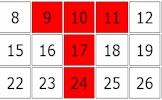
Investigate the connection between the numbers in a T shape drawn on this month's calendar.
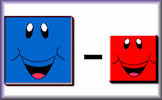
Investigate the difference between two consecutive square numbers.
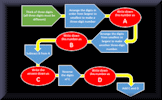
Investigate the number found by performing an algorithm on a three digit number.
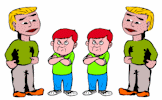
Two men and two boys want to cross a river and they only have one canoe which will only hold one man or two boys.
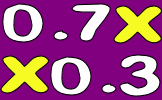
Find two decimal numbers that add up to exactly one. What is the product of these two decimals?
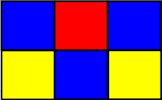
How many different badges can you make using three different coloured squares put together to make a rectangle?
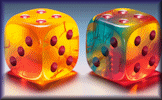
Throw two dice and multiply the scores. Investigate the different products you can obtain. What about adding? What about using three dice?
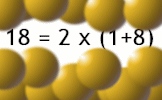
Investigate numbers which are multiples of the sum of their digits.
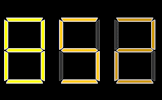
Investigate the way small LEDs were used to make up the digits on a calculator display.
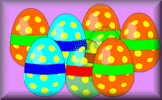
In how many different ways can two eggs be arranged in an egg box?
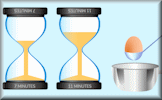
The classic hourglass puzzle; Time the boiling of an egg using only the two egg timers provided.
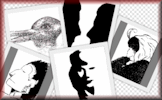
This activity will collect data about your first impressions of some optical illusions. You can then analyse the data to come to your own conclusions.
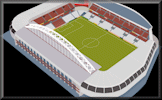
If you know the final score of a football match, what might the half time score have been?

Generate a number sequence based on the number of letters needed to spell the previous number.
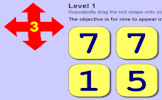
A logic challenge requiring a strategy to update each of the numbers in a grid.
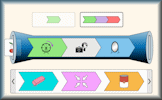
An interactive function machine for patterns, numbers and equations.
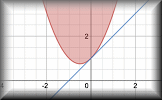
An online tool to draw, display and investigate graphs of many different kinds.
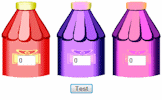
Choose the amount of liquid from each bottle needed to make the watermelon grow as big as possible.
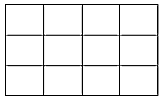
An open-ended investigation challenging pupils to find many different ways to you cut the shape in half.
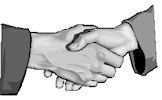
If everyone in this room shook hands with each other, how many handshakes would there be?
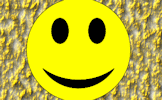
To find out whether a number is happy square each of its digits, add the answers and repeat. End in one and the number is happy.
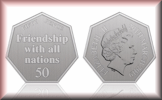
An investigation about making change for different amounts.
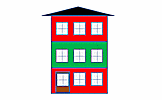
The houses in Mathsland are all three storeys tall. Each storey is painted using one colour. How many ways can the houses be painted?
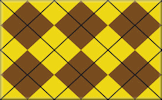
Investigate the number of rectangles on a grid of squares. What strategies will be useful in coming up with the answer?

How many different polygons can you make on a 3 by 3 pin board? What about larger pin boards?
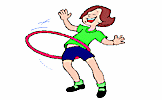
If a number of Hula Hoops are dropped on the floor, what is the maximum number of regions they might form?
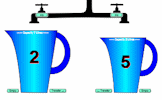
Can you make four litres if you only have seven and five litre jugs?
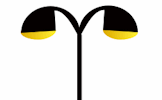
What is the greatest number of lamp posts that would be needed for a strange village with only straight roads?
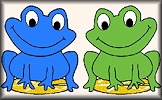
An investigation of the minimum number of moves required to make the blue and green frogs swap places.
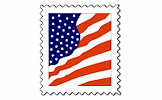
How many different postage amounts can you make with the given stamps?
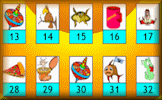
Investigate this amazing mind reading performance based on simple mathematical principles.
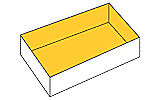
Find the maximum volume of a tray made from an A4 sheet of paper. A practical mathematical investigation.
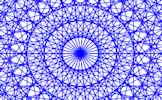
Investigate the properties of the Mystic Rose by using this interactive diagram.
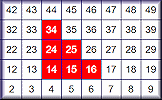
Find the relationships between the numbers in the stairs on different size grids.
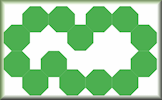
Investigate the features of loops created from octagons.
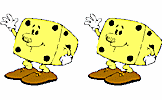
Take three dice. How many ways can they be turned so that they show only odd numbers on top?
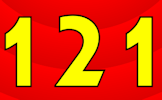
How many steps does each number take to become palandromic?
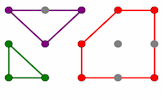
Rows and columns of dots that can be joined using straight lines to create shapes.
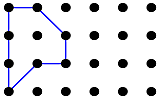
Investigate which polygons have an area of 4 square units on this interactive dotty grid.
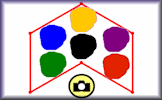
Find all the polygons that can be drawn by joining dots on this seven dot grid.
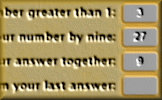
An eight question survey collecting data for an amazing probability experiment.
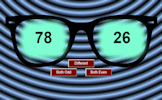
When the numbers appear hit the correct button depending on whether the numbers are even or odd
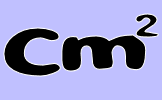
The perimeter of a rectangle is 28cm. What could its area be?
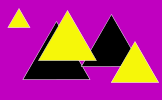
Using 12 rods of varying lengths how many different triangles can you make?
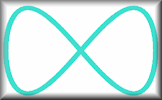
Manipulate the Lissajou curve to produce a perfectly symmetrical (vertically and horizontally) infinity symbol.
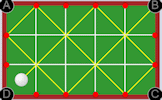
Investigate a special snooker table with only four pockets. Which pocket will the ball fall into for various sized snooker tables?
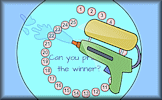
Where should you stand in the circle to win the Songkran game?
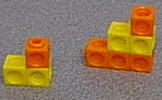
Investigate the numbers associated with this growing sequence of steps made from Multilink cubes.
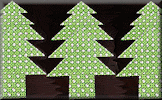
Accurately construct a tangram puzzle then use it to make a Christmas tree and answer a short quiz.
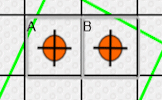
A game, a puzzle and a challenge involving counters being placed at the corners of a square on a grid.

Drag the shapes onto the canvas to create tessellating patterns then try the tessellations quiz.
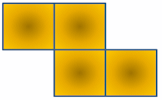
A tetromino is a shape made of four squares joined edge to edge. How many different tetrominoes are there?
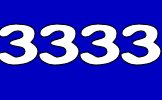
See if you can make all of the numbers from 0 to 10 using four threes
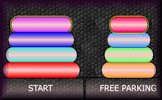
Move the pieces of the tower from one place to another in the minimum number of moves.
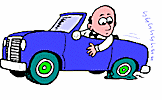
How many ways can three cars be lined up in a traffic jam?
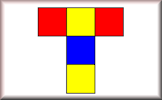
How many different colour schemes can you devise for the Transum Club Badge.
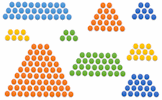
Which numbers can be represented by groups of circles arranged in the shape of a trapezium?
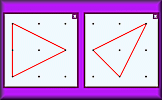
Find all the triangles that can be drawn by joining dots on a 3 by 3 grid of dots.
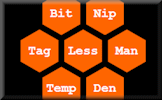
A strategy game requiring you to select three words with a common letter before the computer does.
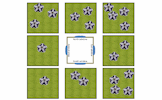
Drag the 20 flowers into the gardens so that 9 flowers are visible from each window of the house.

A puzzle about a two digit number divided by the sum of its digits. more …

How many squares does the diagonal of a rectangle drawn on squared paper pass through? more …

The classic Painted Cube investigation. How many faces of the smaller cubes are painted blue? more …
"Find the number of the last page of a book. Consider the first digit of that number. What is the probability it is a one? What is the probability it is a nine? Investigate."
"Investigate the strategies you might use when playing a game of noughts and crosses (tic tac toe)."
"Design a box to hold 10 tennis balls. If the box is made from card, what shaped box would require the least amount of card? What box design would have the minimum volume? Extend for other numbers of tennis balls."
"In how many ways is possible to join four squares together edge to edge? The shapes formed are called Tetrominoes. Which tetrominoes tessellate? What different shapes can be made by all of the tetrominoes together?"
"Follow in the footsteps of Microsoft's Bill Gates who, before Microsoft had been created, spent time investigating Pancake Numbers. You can toss pancakes yourself here: Pancake Day"
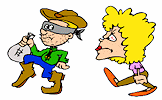
There are plenty more ideas for investigations on the Transum website. See also our Investigation Lesson Starters page
Do you have any starting
points for mathematical investigations or comments about the investigations we have presented here?
Click here to enter your
ideas.
